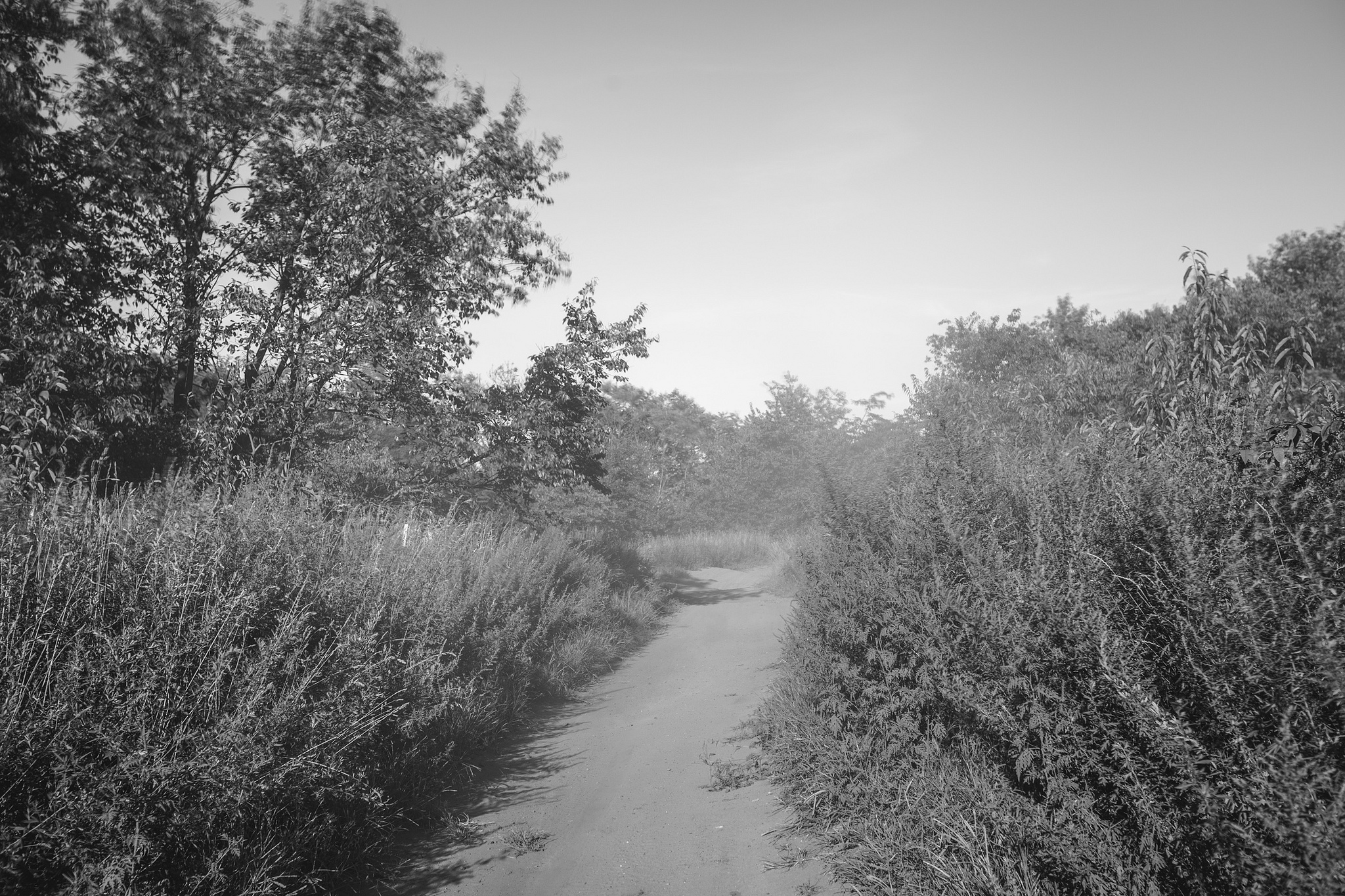Take the B31 bus to the last stop at the end of Gerritsen Avenue, and you’ll arrive at what locals call “the Point,” a sandy strip of unguarded shoreline at the southern tip of Brooklyn’s 900-acre Marine Park.
This land was originally intended to be one of New York City’s largest and most ambitious public spaces, with grand designs that included a 100,000-seat stadium, nine swimming pools, and enough recreational facilities to cover 1,800 acres of parkland. But the project was sidelined by the Great Depression and drastically scaled back by the time it resumed in the late 1940s. Mountains of garbage were transferred to the site and covered with topsoil to fill in 1,000 acres of swampy marshland, but in some areas, the work stopped there. Today, large sections of the park remain undeveloped. As a result, the westernmost banks of Gerritsen Creek boast a degree of wildness that you wouldn’t expect to find within the city limits.
Hitting a hiking trail from the Point, you’re headed “back weeds,” as locals say, which isn’t as much a place name as it is a direction — or a state of mind. Teenagers with few other places to hang out or make trouble have laid claim to the forgotten edges of the park, marking their territory with fire pits, campsites, and paintball fields. Dirt bikes and ATVs hurtle along dirt paths past sculptural pile-ups of abandoned cars. Back weeds, anything goes, and the status quo is fiercely defended. Park improvements are often undone by serious acts of arson and vandalism.
Despite these issues, Marine Park still shows off the understated beauty of the Jamaica Bay watershed. Spend an afternoon wandering the back weeds, and you’ll begin to understand their appeal. The weeds transport you — somewhere secluded, mysterious, wild.
A local family gathers for a late afternoon swim at the Point. Without lifeguards, comfort facilities, or trash cans, the beach at the foot of Gerritsen Avenue is serene, but decidedly no-frills.
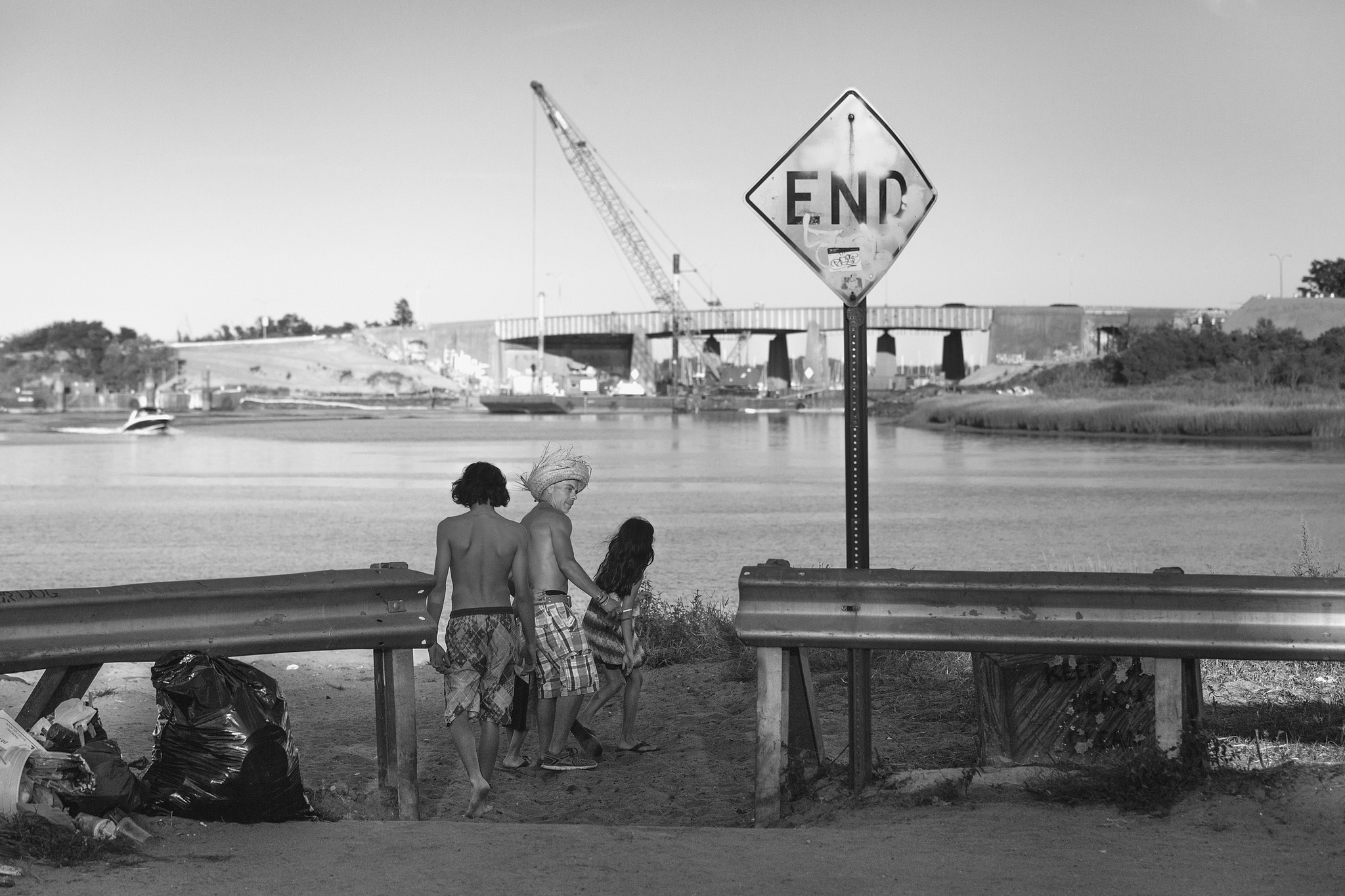
Known as “the back weeds,” the undeveloped section of Marine Park was described by the New York Times in 1965 as a “haunt for degenerates.” To this day, it’s used as a dumping ground for unwanted vehicles.
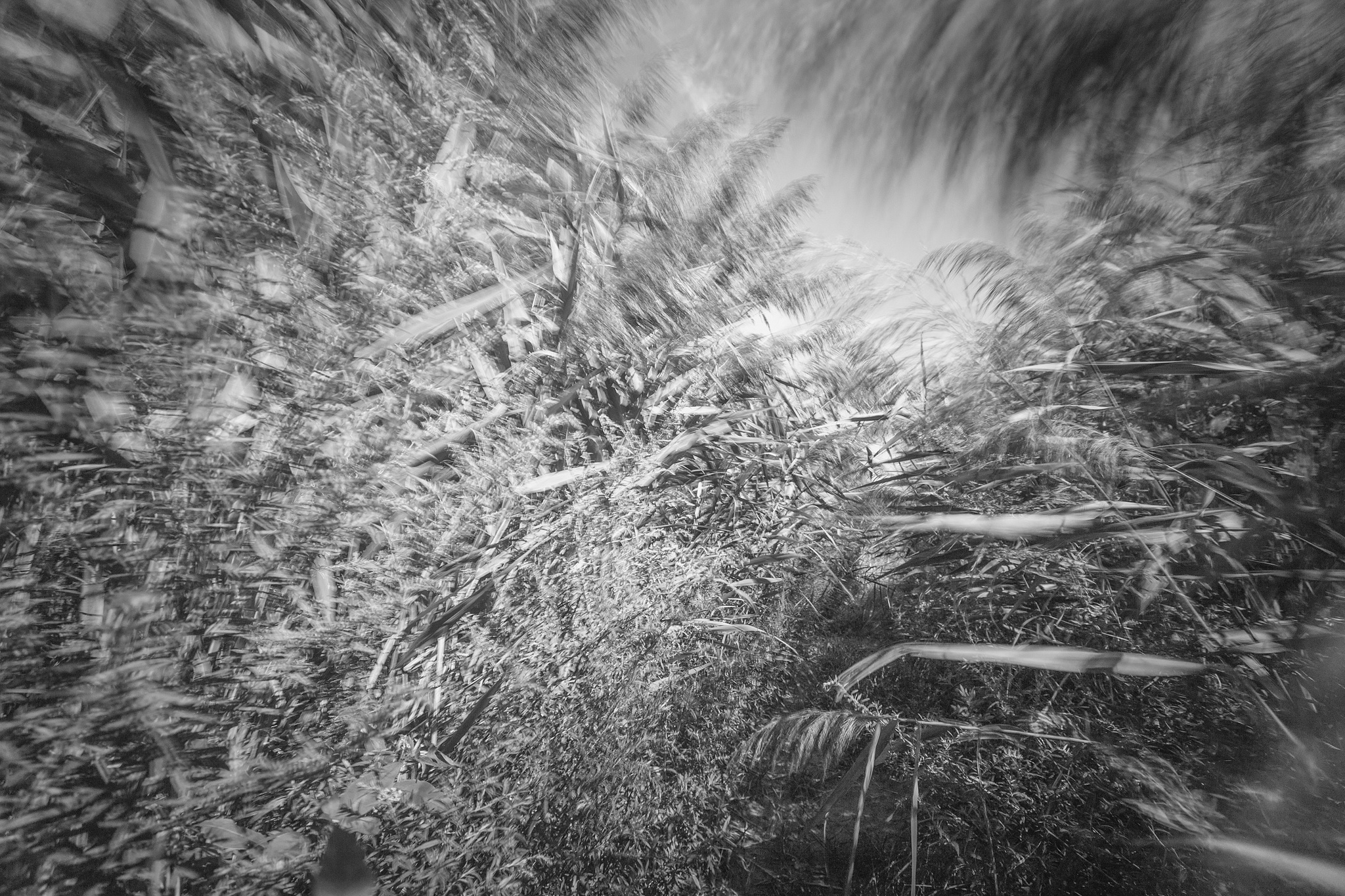
Some may be stolen cars, stripped for their parts and discarded. Others may be remnants of a popular insurance scam, in which a car owner hides a vehicle in a remote location, reports it stolen, and collects on the insurance.
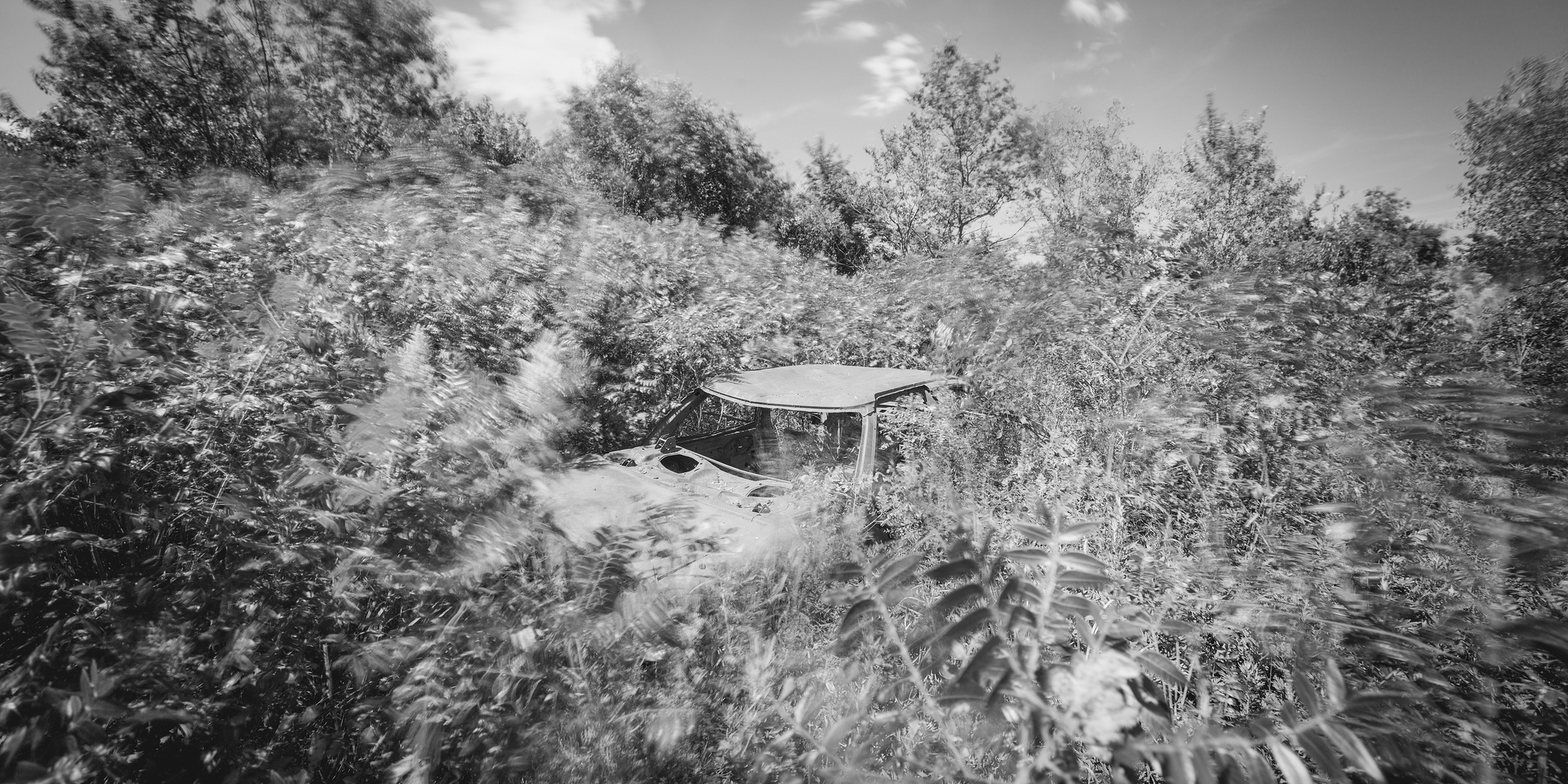
The cars have been torched inside and out to conceal their origins. There are no plans in place to remove them, despite community complaints.

Today, about a dozen abandoned vehicles lie scattered throughout Marine Park. Over time, some of the cars have melded with their environment — they’re as much a part of the landscape as the horseshoe crabs that litter the water’s edge.
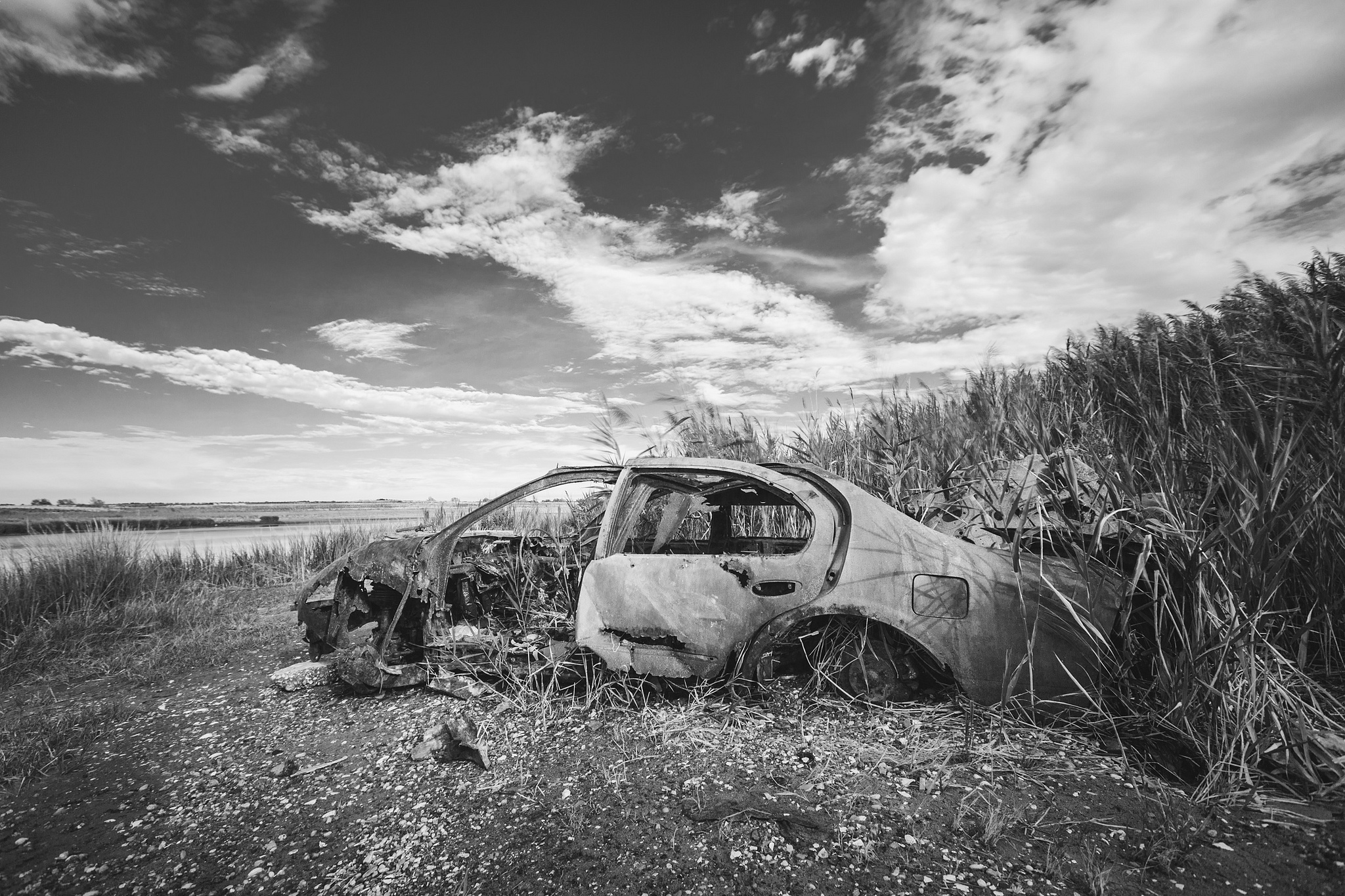
Considered a disgrace by some locals, the wrecks color the neglected park with an air of mystery.
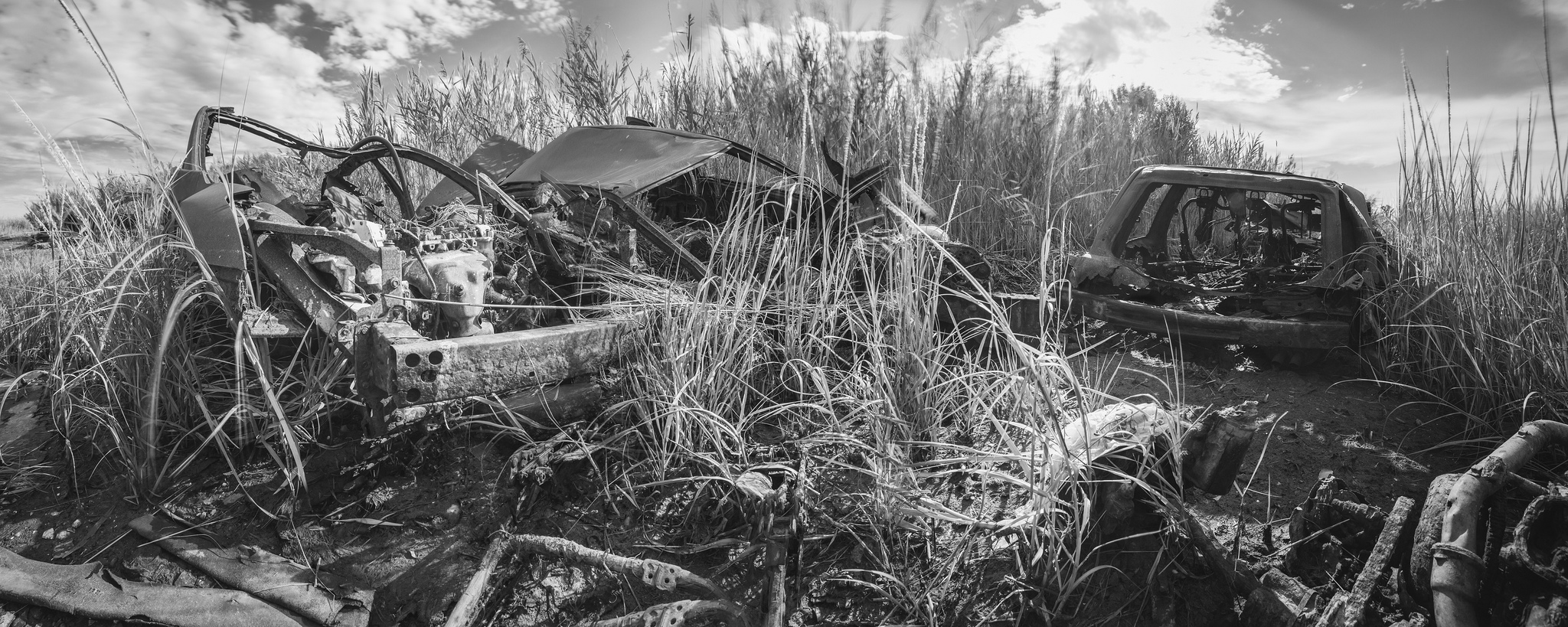
In the 1960s, a landfill was completed in Marine Park after decades of delays. Vegetation sprung up, transforming the area into an unlikely pocket of wilderness. A network of trails established in the mid-eighties now leads park visitors through broad expanses of maritime forest.
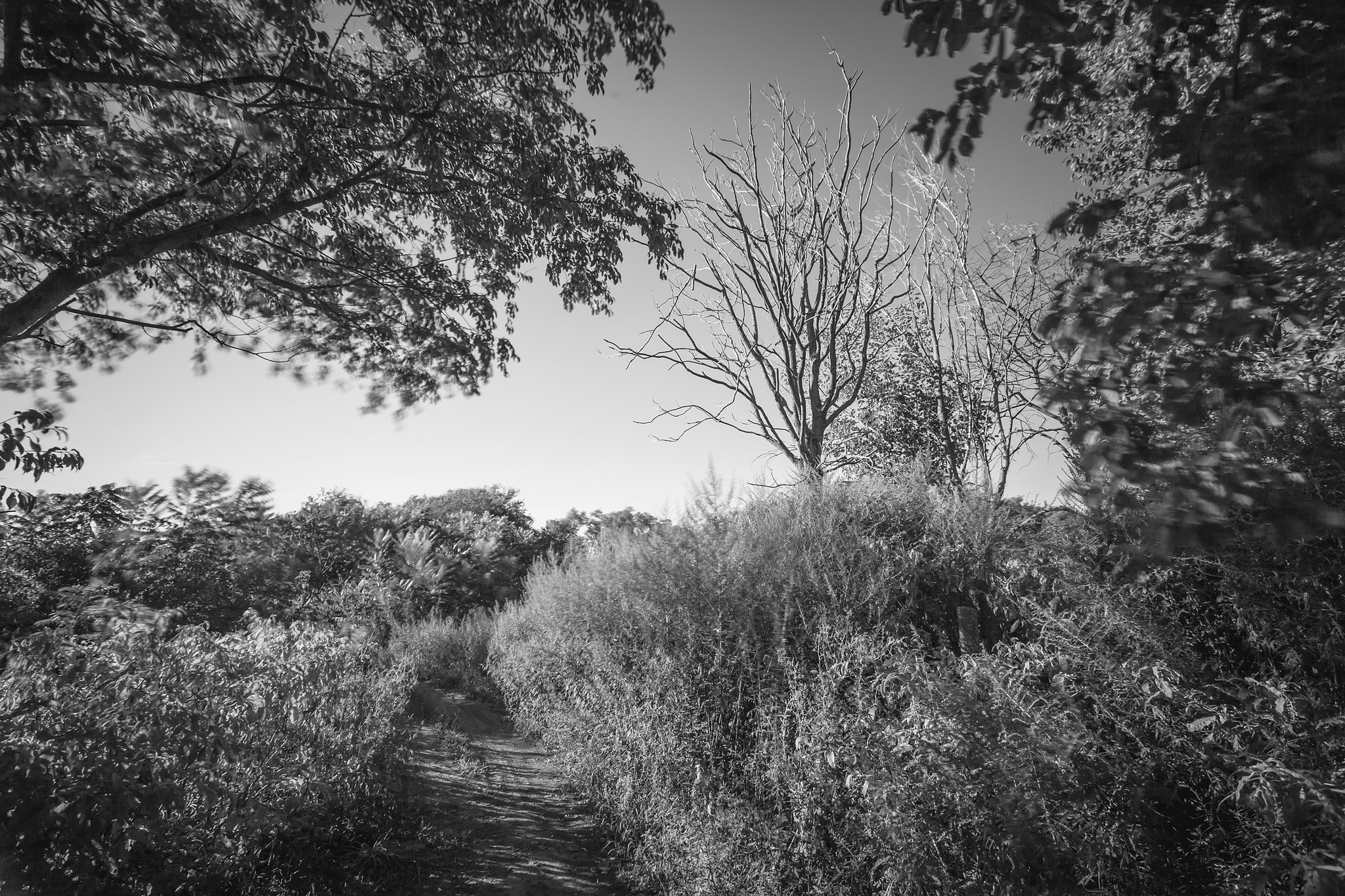
Dirt bike tracks obliterate footprints on the walking paths. On weekends and after school hours, the noise is unrelenting. The community has fought against the bikes’ use for decades, but the activities still go largely unchecked by park authorities.

Designated as a “Forever Wild” site by the Parks department, the west side of Marine Park provides an essential sanctuary for local flora and fauna. Here, silkworms feast on native shrubbery. In 2000, a new trail and nature center were constructed to educate the public on the area’s delicate marsh ecology.

Today, only about 30 acres of salt marsh remain in Marine Park. In the early 20th century, marshes were seen as mosquito-ridden, boggy wastelands, but the tide is turning on this way of thinking. Hurricane Sandy highlighted the importance of New York City’s remaining salt marshes, which dampen the intensity of storm surges, shielding the coastline from serious flooding.
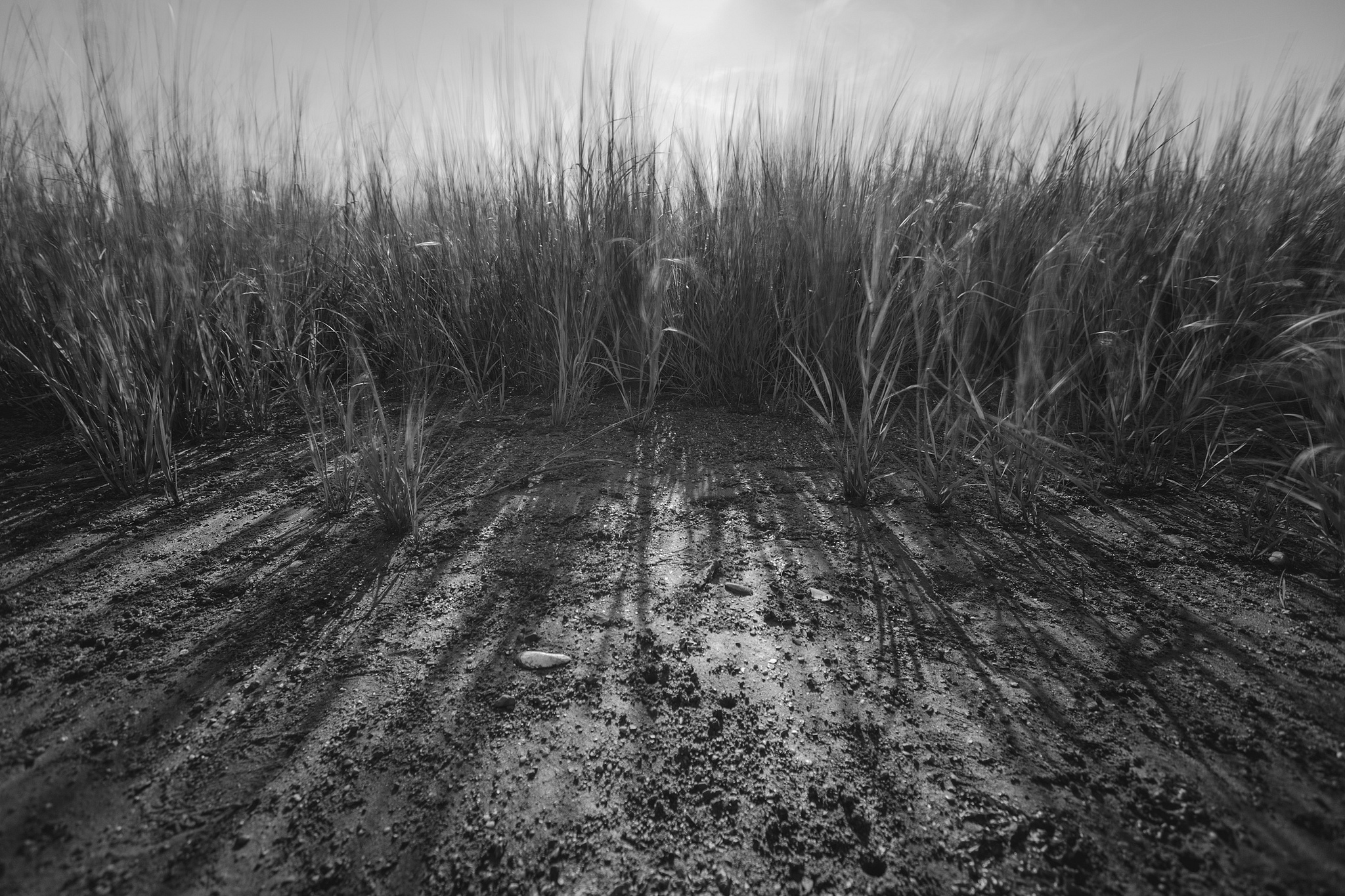
The salt marshes remain a refuge of wild beauty in the five boroughs, a rare place to find solitude in nature.

Here, teenage motorists leave a cloud of dirt and exhaust in their wake. When the dust settles, you’re left with nothing but open sky and the susurration of wind through grass.
